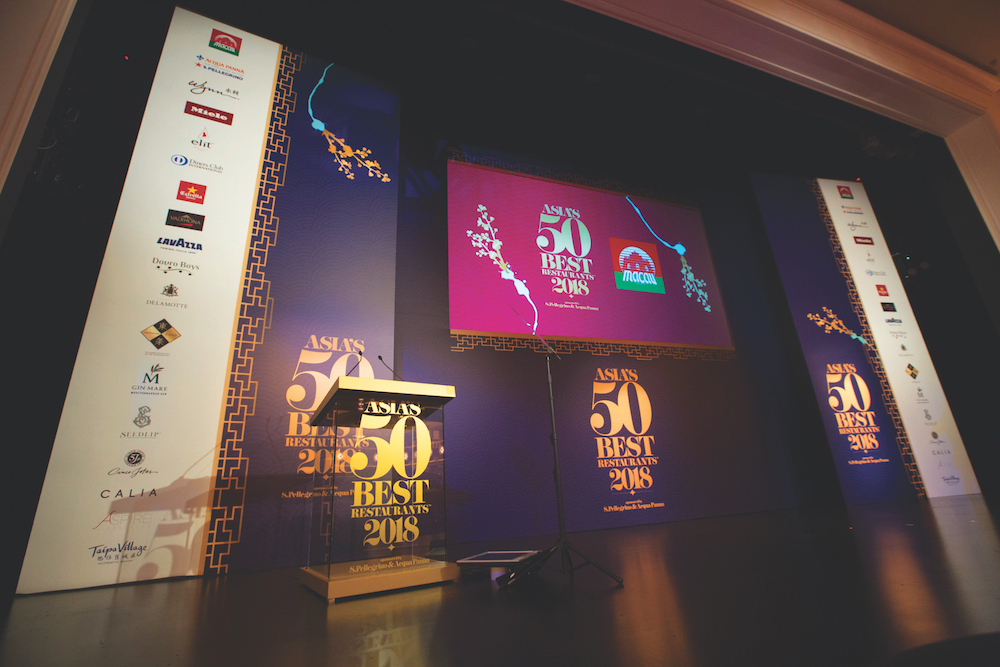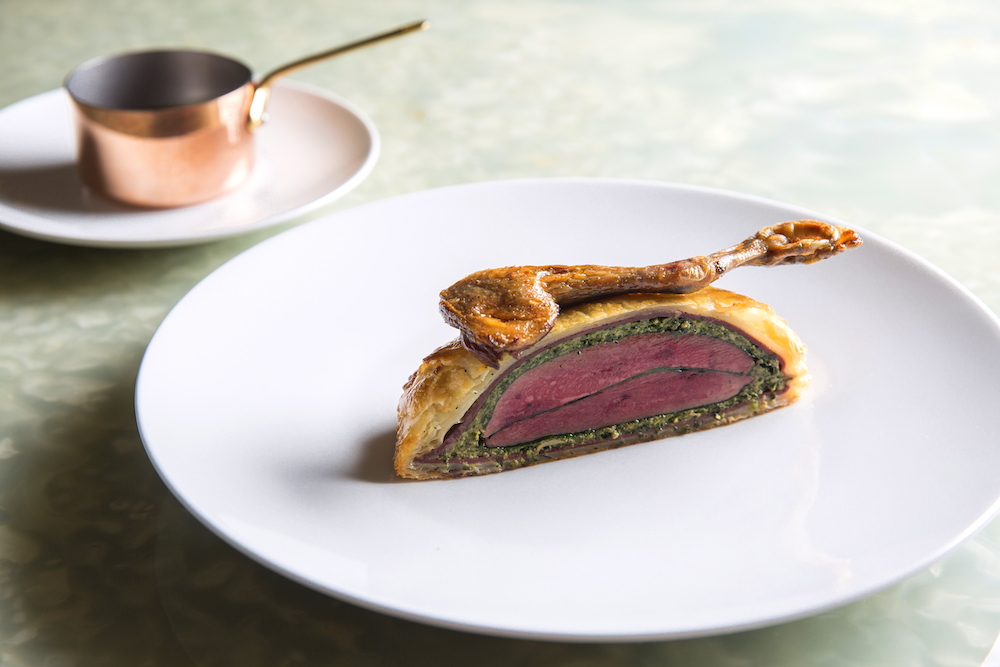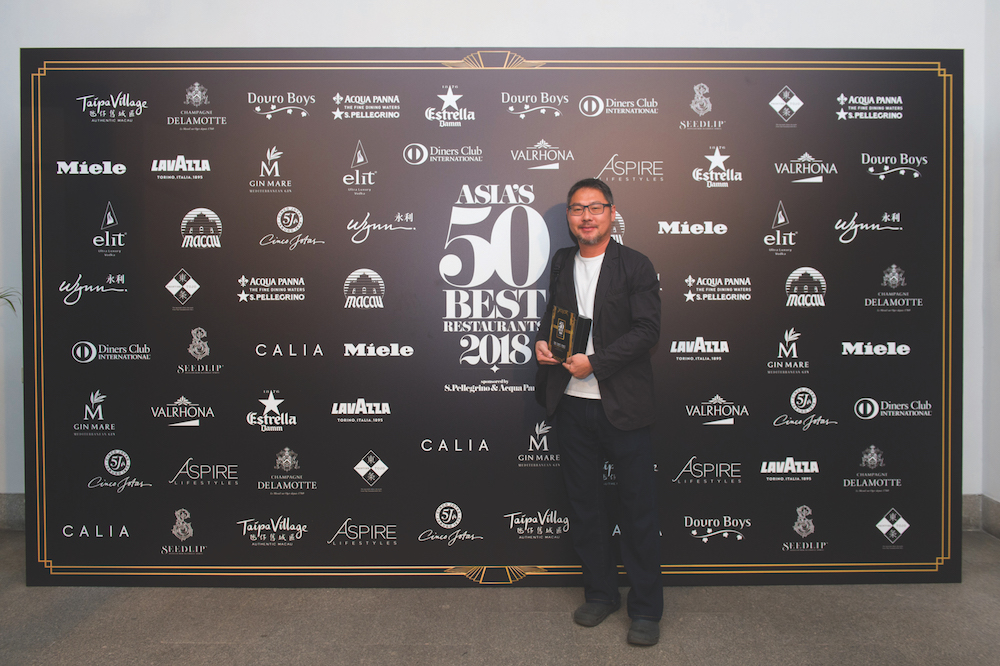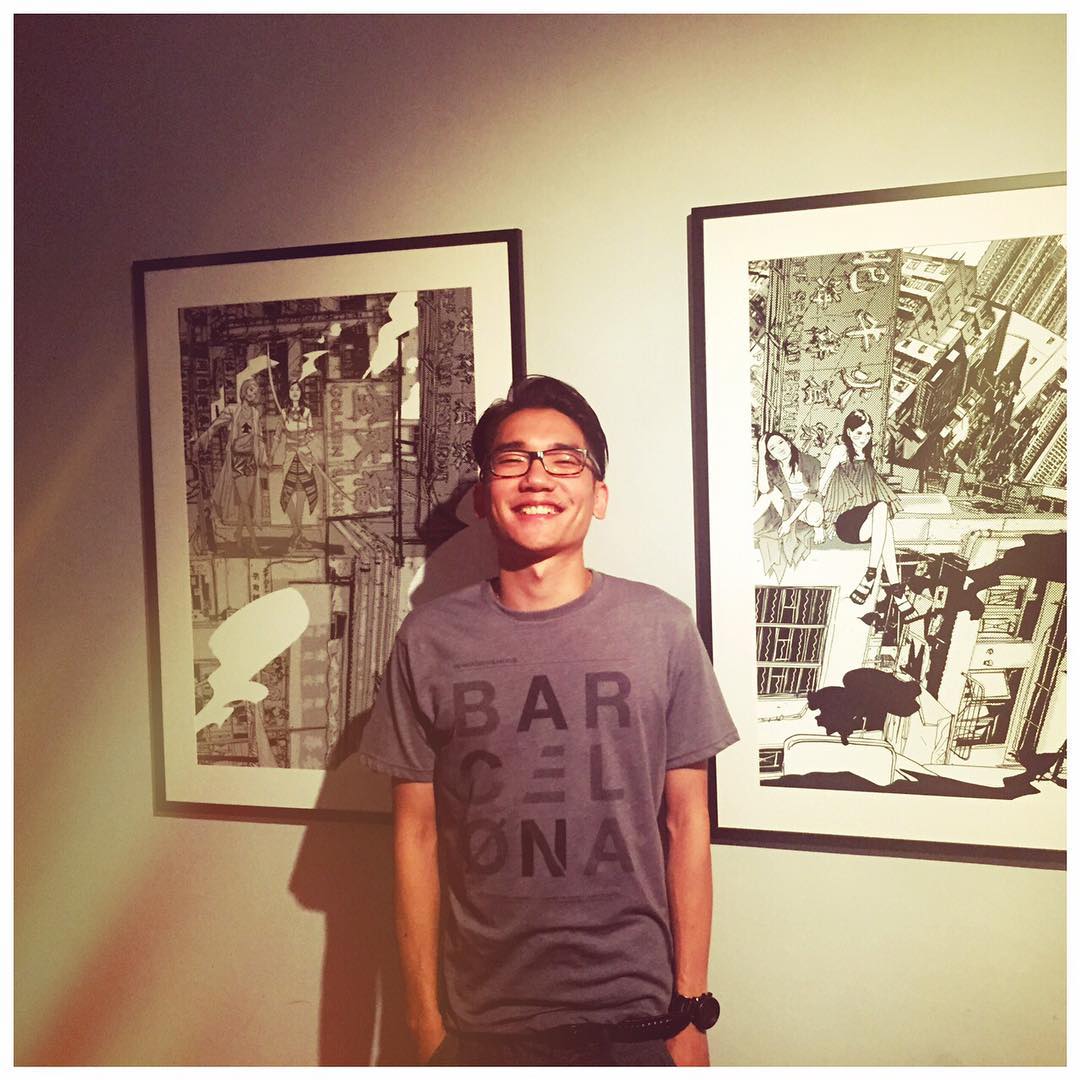
As I looked over to the stage after this year’s Asia’s 50 Best Restaurants awards ceremony, seeing everyone rushing to take selfies with one another, I couldn’t help but wonder if we were all just there to scratch each other’s backs. By “we”, I mean the panel whose votes determine Asia’s 50 Best Restaurants, a by-invitation group of roughly equal parts chefs and restaurateurs, food writers and jet-setting gourmands.
Outsiders regard the World’s 50 Best Restaurants (and its spin-offs, Asia’s 50 Best Restaurants and Latin America’s 50 Best Restaurants) as a ranking based on the quality of dining; cynics have long called it a popularity contest. What it is, really, is a zeitgeist of high food culture – a mood ring reflecting the colours of the top end of the industry, generated by those in and close to it. These parts of the industry – chefs and restaurateurs, food media, and gourmands – are meant to represent different interests, but with 50 Best, the lines are readily blurred.
Through chef collaborations and the now-ubiquitous four-, six- and 12-hands dinners across the globe, top chefs appear to have formed something of a fraternity. Flocking to them are their fans, fellow 50 Best voters, with whom they are likely to have formed friendships over time. Make no mistake – I’m in no position to criticise. These murky ethical waters are ones that we, as food writers, must wade through daily.

Food media has morphed from the recipes and restaurant critiques of the 1990s to being about the wider socio-political issues of today, from identity to environment. This requires masterful storytelling, not just by journalists, but also by the public relations teams surrounding the world’s best chefs. Today, for better or worse, food itself is not enough. Diners are choosing restaurants based on a globetrotting diner’s or chef ’s Instagram posts, and well-crafted stories pitched to and written by journalists, which are picked up by a handful of influencers and dining enthusiasts. And guess what? They all follow each other on social media. Increasingly, voters are going to the same restaurants, planning the same bucket list-worthy, #FOMO-inducing eating trips.
This year, Bangkok, a city of just over eight million and a perpetually popular tourist haunt, had a whopping eight restaurants on the Asia’s 50 Best list, including the number-one restaurant, Gaggan. Mainland China, on the other hand, a country with more than 1.3 billion inhabitants and no shortage of creative chefs, but with a significant language and information barrier for English-speaking media, had two measly entries, with only one of those serving Chinese cuisine. The echo chamber is hard to ignore.

Chef and restaurateur David Lai, whose Hong Kong restaurant Neighborhood placed 32nd on Asia’s 50 Best this year, explains how his restaurant is an exception to the now well-known formula: “We don’t really fit the typical 50 Best profile, with professional marketing, four-hands events and trendy food.”
However, even the most jaded among us can’t deny the lists’ positive effects on the food and beverage industry. For once, chefs are (or can aspire to be) recognised for their incredible skill, creativity and effort – in few other industries are 15-hour days considered normal. “When I found out we were on the list, I was most excited for our team and all the hard work they’ve put in over the past two years,” says Daniel Calvert, the chef behind Belon in Hong Kong, another Asia’s 50 Best newcomer.

It’s easy to accuse the voters of being an old boys’ club, but unlike the Michelin Guide, 50 Best voters are more likely to seek out relatively independent and novel restaurants, giving chefs who don’t fit the classic profile favoured by Michelin a chance to shine.
The upside of being on the lists is very real. Awards encourage a more vibrant restaurant ecosystem in which more talent can be retained, higher-quality suppliers can be sourced and further investment can be sought. The visibility attracts new customers and keeps old ones coming back – it certainly doesn’t hurt the business end (which is, of course, the most important end). Calvert says, “Between the awards announcement and when I woke up in the morning, we were booked out for the next three weeks.”
The lists give a once underappreciated industry the attention it deserves, but as the media, communicators between the industry and the public, we must remember our duty to the average diner and avoid falling into the echo chamber, however plush that red carpet may seem.
This feature originally appeared in the May 2018 print issue of #legend





